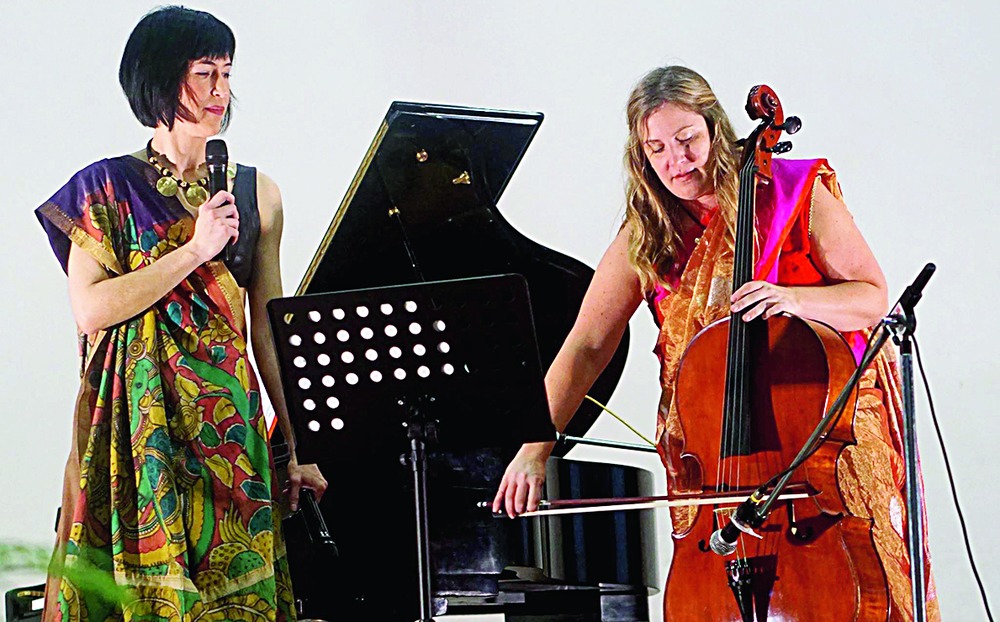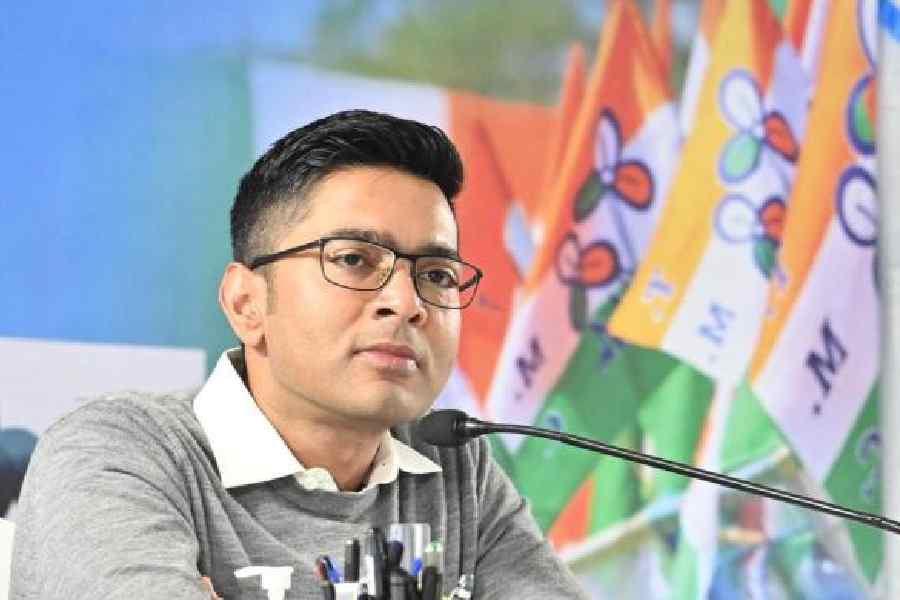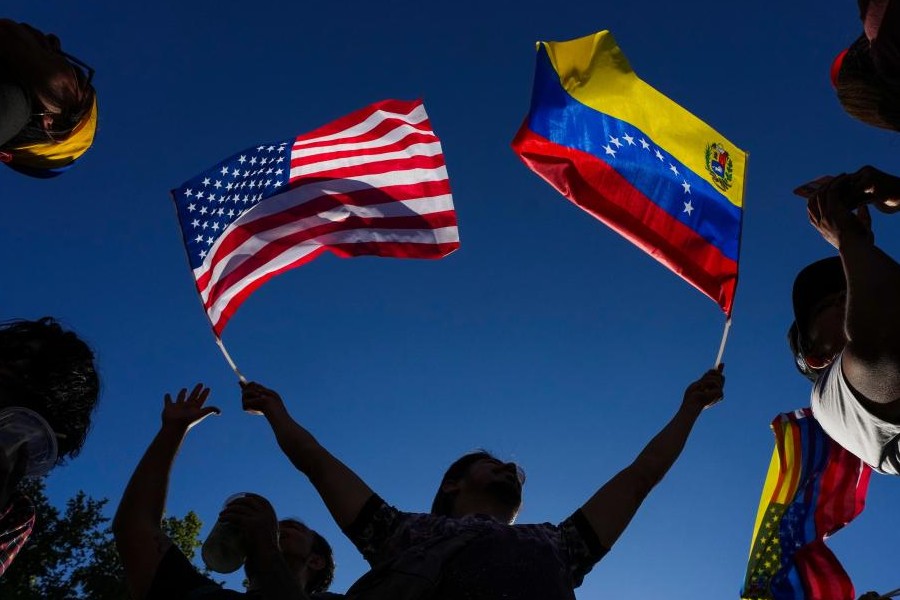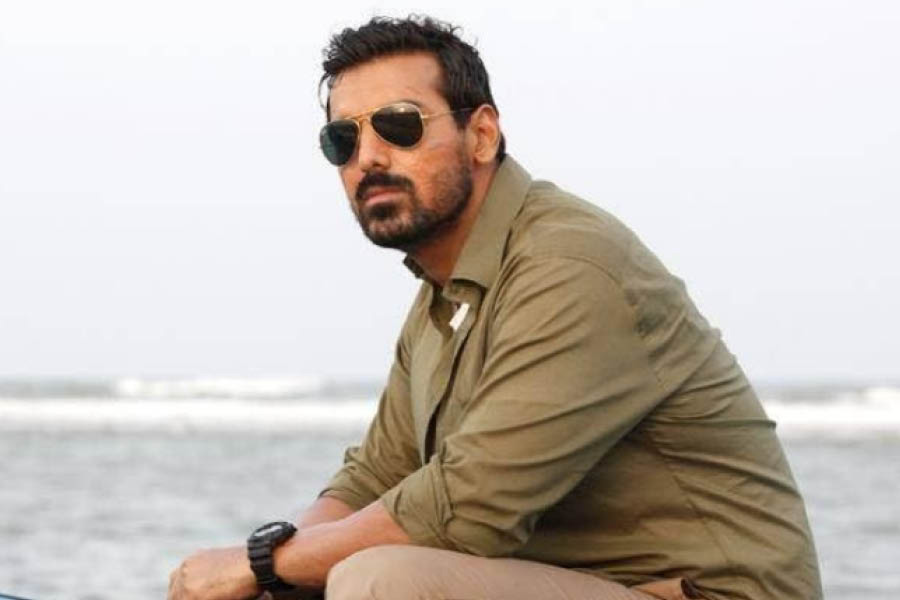
I never fail to be amazed at the spirit of generosity in sharing their art displayed by the many brilliant professional musicians who visit this little oasis of culture - the city of Calcutta. In recent years, we have encountered the unstinting kindness of people such as the flautist, Uberto Orlando, and, lately, the gifted and charismatic Panos Karan and his musicians from Keys of Change.
And then, of course, there is the inimitable pianist in our midst, Jennifer Heemstra, who, in the course of two years, has formed the Kolkata Classics Club and brought over singers, pianists, cellists, a flautist and an oboist to entertain and delight not only the die-hard concert-goers but also school children and audiences across ages groups in a bid to make music accessible to everyone. The most recent of these visitors to the city was the cellist, Carrie Pierce, in October. This was her second visit to Calcutta. Active as an orchestra musician, Pierce holds positions in the Corpus Christi Symphony, the Mid-Texas Symphony and the Victoria Symphony.
Pierce was accompanied by Heemstra at the piano. Heemstra has been given the 2016 Secretary of State Award for Outstanding Volunteerism Abroad by the United States of America. She received the award in person from the US secretary of state, John Kerry, in Washington D.C. last month. In the second of the three performances at The Galaxy Room of the Park Hotel, Heemstra and Pierce performed a programme of light classical music - the second movement of the Shostakovich Sonata, always an exciting and robust beginning, followed by the sizzling tango, " Michelangelo 70", by Astor Piazzolla and Granados Orientale.
There must exist a fine, almost telepathic, connection between soloist and accompanist, and this was clearly manifest in the performance of the sublime Romanian Folk Dances of Bela Bartok, followed by two jaunty works by Scott Joplin, "Bethena, A Concert Waltz" and " Peacherine Rag". William Henry Squire's Tarantella, Op. 23 was introduced with a whimsical little story describing it as an energetic dance to exorcize the venom of a tarantula's sting, and was played with convincing brio.
The finale was the passionate Morceaux de fantaisie and the fourth movement of the Sonata for cello and piano by Rachmaninoff - one of the most demanding in the repertory - during the playing of which the hitherto roving photographer decided to pop up on the left of the piano like a goblin and take a close-up of the pianist's hands. When he was waved off by the page turner, he moved to the cellist. At this point, Heemstra stopped playing and requested that he get off the stage. This kind of photography is intrusive; this incident should serve as a lesson to all photographers in the future.
The next concert at the Goethe Institut featured the same programme, and was played to a full audience. However, the most encouraging performance was perhaps the concert for young people at the South City International School. Heemstra and Pierce gave them interesting insights into each piece, and demonstrated the working of the instrument. There was some lively interaction and discussion.
After receiving her award, Heemstra has been touring the Midwest with several Kolkata Classics artists in a series of benefit concerts to promote future performances in Calcutta. We look forward to welcoming the soprano, Susan Williams, who was the first of the artists to visit Calcutta, and who will visit us again this month.











